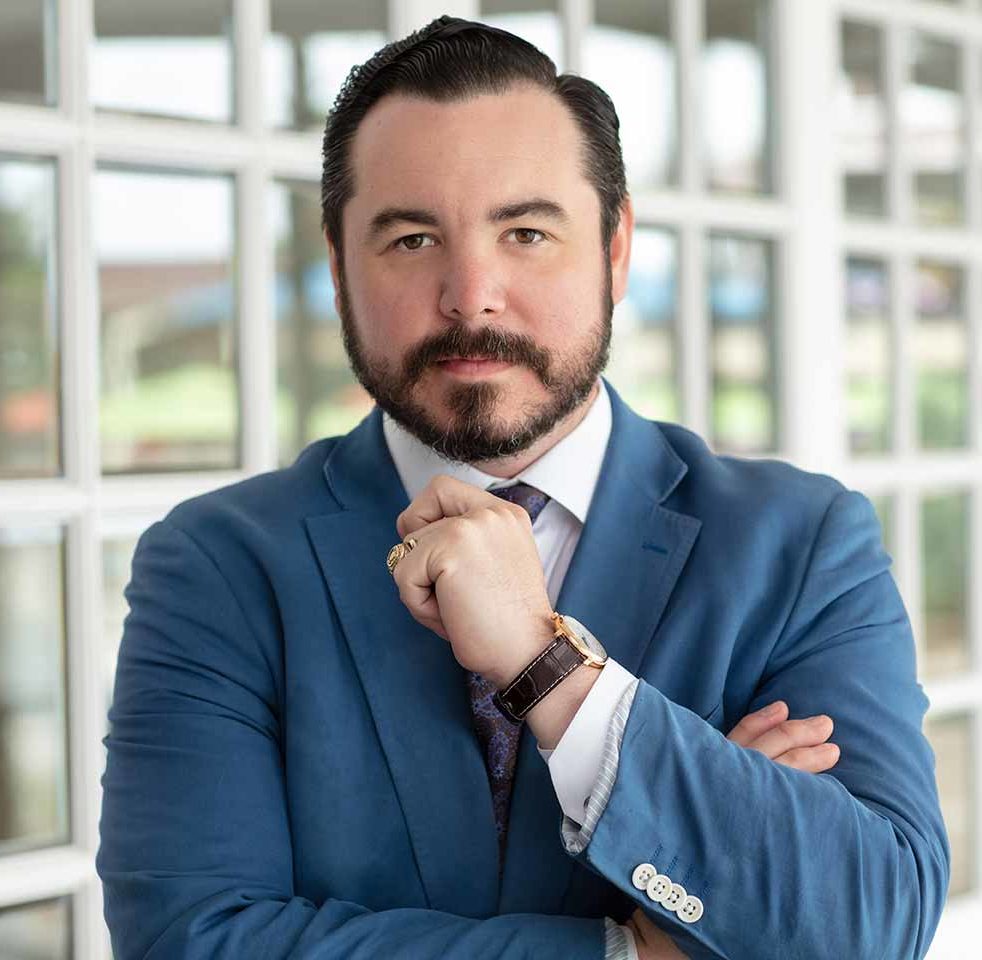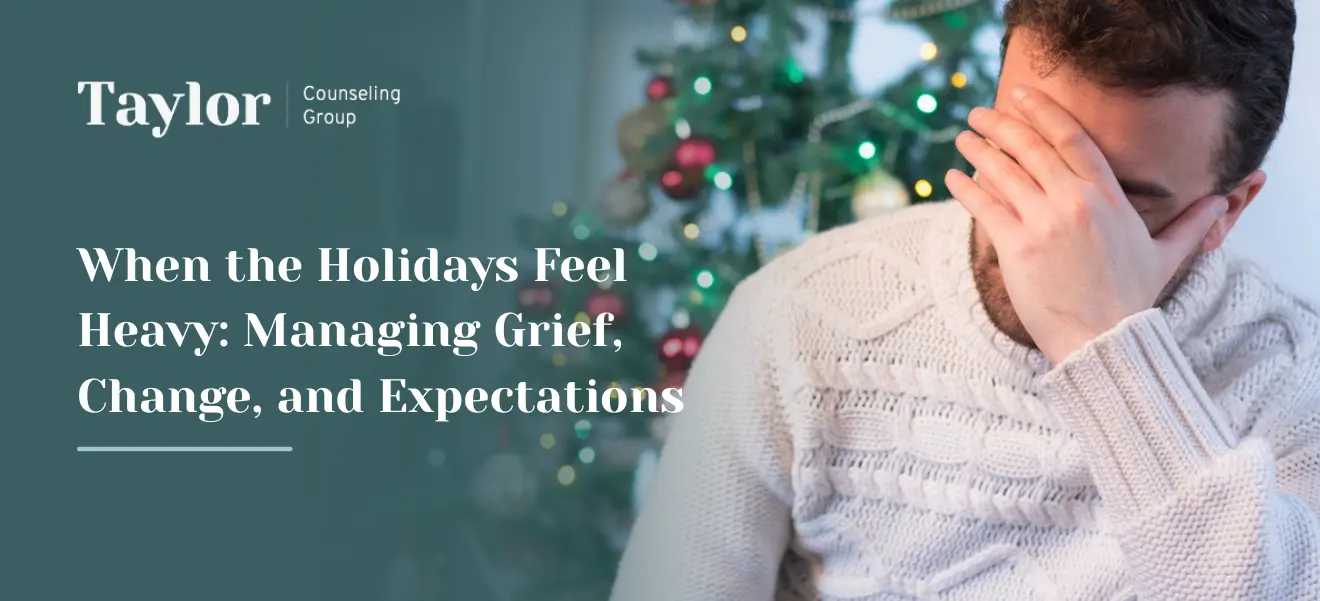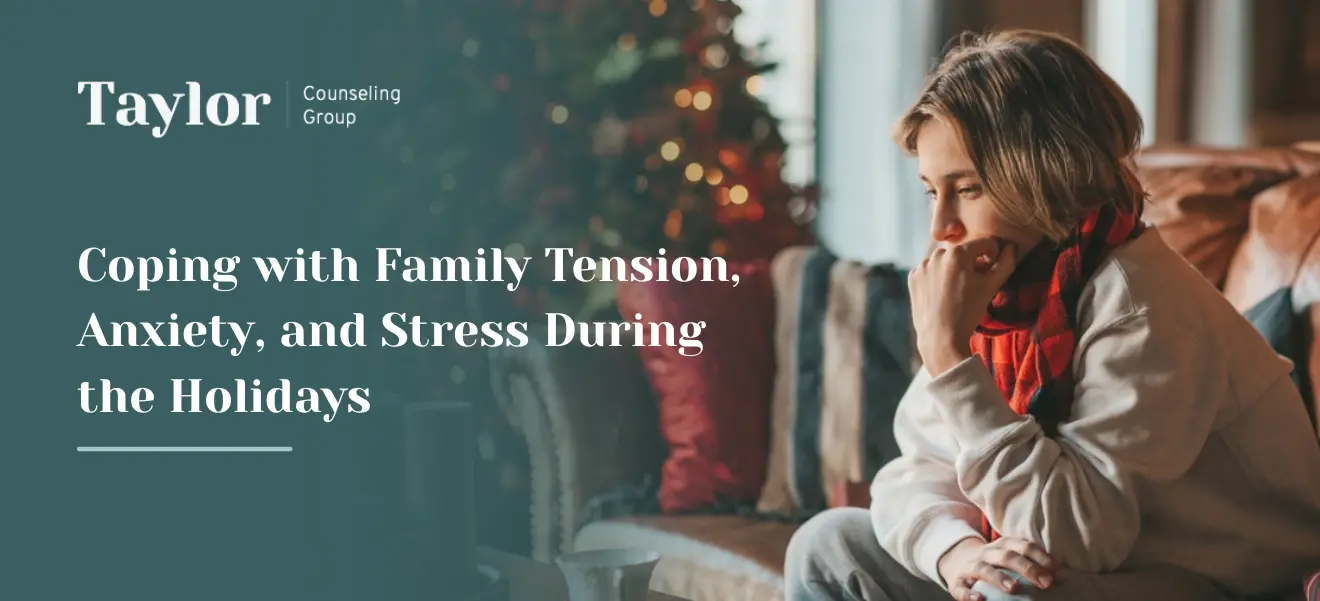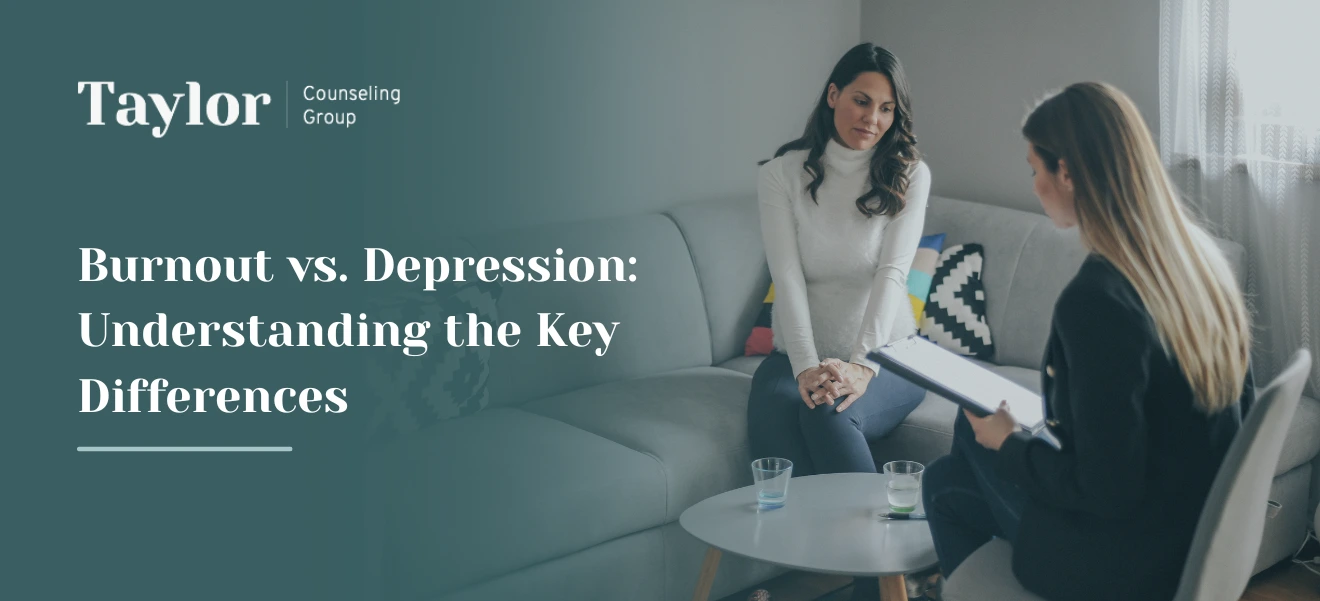When people think of Post Traumatic Stress Disorder (PTSD), they automatically think of it being experienced by soldiers coming home from war. While it can be common in the veteran population, you don’t have to have gone to war to be diagnosed with PTSD. PTSD can start after any traumatic event. A traumatic event includes a situation where we are in danger and or our life is threatened. It can even include a situation in which we see other people dying or being injured. Even hearing about an unexpected injury or violent death of a family member or close friend can start PTSD.
Some examples include:
- Serious road accidents
- Violent assault (sexual, physical, abuse, kidnapping, robbery/mugging)
- Natural Disasters
- Being diagnosed with a life-threatening illness
- Death of a family member
Many people feel grief-stricken, depressed, anxious, guilty and angry after a traumatic experience.
There are three main types of symptoms experienced with PTSD:
- Flashbacks and Nightmares: This can be experienced as reliving the event over and over again. These can be so real that it feels as if you are reliving it again.
- Avoidance and Numbing: It can feel unbearable to have to relive a traumatic even over and over so it can be understandable those with PTSD would choose to distract themselves, avoiding things and people that remind them of the trauma, and try to feel nothing at all with alcohol or drugs.
- Being on edge: staying alert all the time and always on the lookout for possible dangers.
Stay tuned to learn more about PTSD on the TCG Blog.







